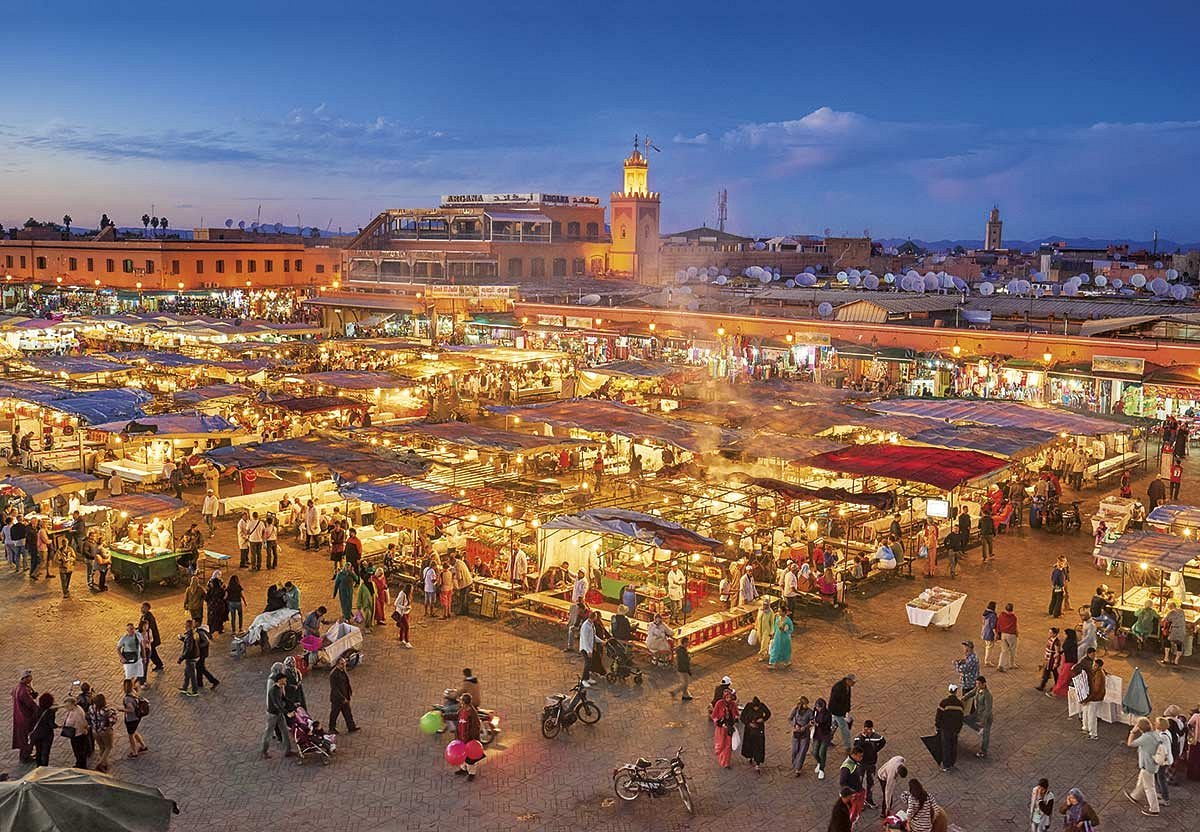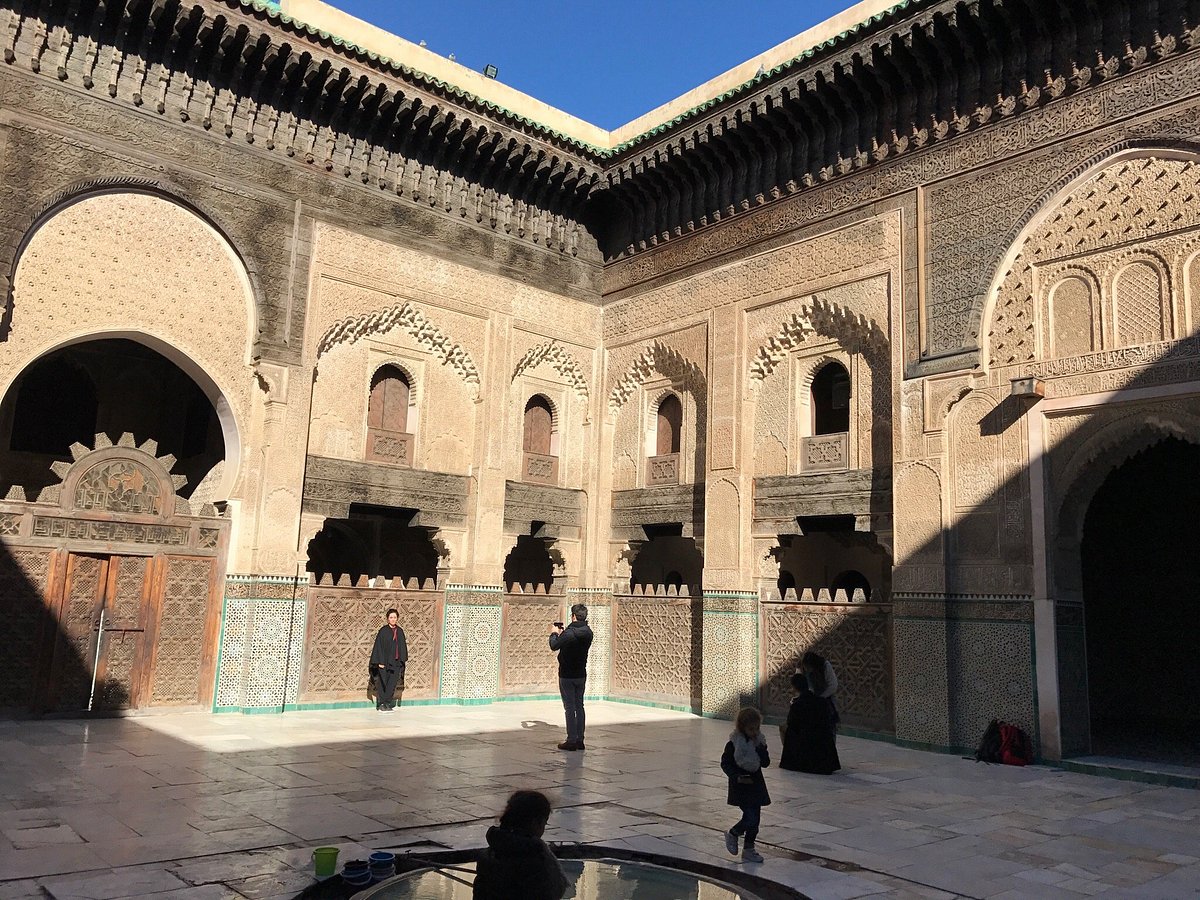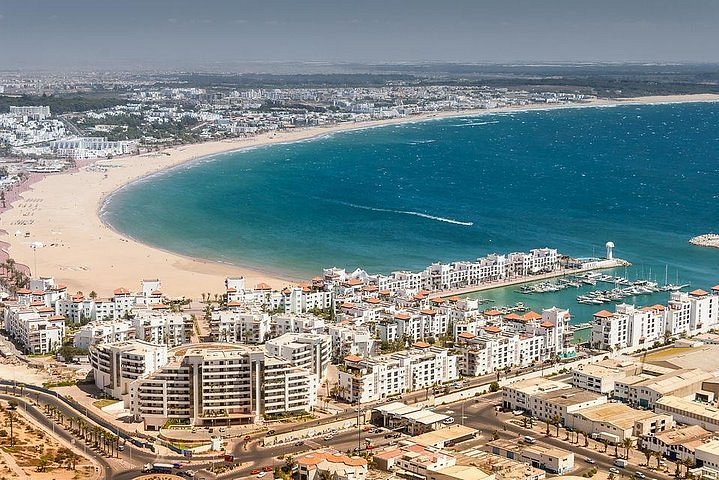
Discover Khamlia: Music, Culture, and the Gnawa Spirit of Merzouga
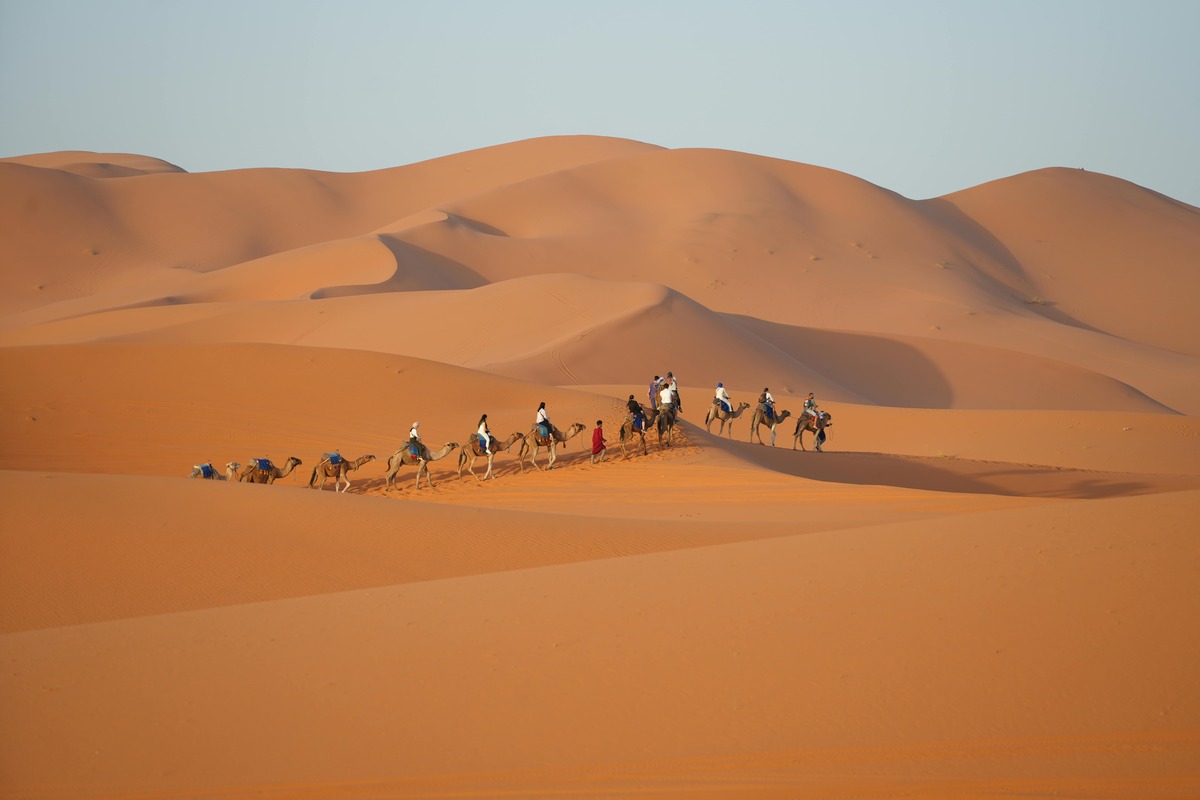
Just 7 kilometers south of the famous sand dunes of Merzouga lies Khamlia, a small village that punches far above its weight in cultural significance. This unassuming hamlet offers travelers the rare opportunity to discover Khamlia's rich heritage and immerse themselves in the authentic rhythms of Gnawa music. While most tourists flock to Merzouga for its stunning Erg Chebbi dunes, those who venture to Khamlia are rewarded with an intimate glimpse into one of Morocco's most fascinating cultural traditions.
Khamlia is home to descendants of slaves brought from sub-Saharan Africa, who have preserved their ancestral Gnawa musical traditions across generations. The village's modest mud-brick homes and dusty streets belie the powerful cultural experience that awaits visitors. Here, the spiritual practice of Gnawa music isn't just a performance for tourists—it's a living, breathing part of daily life that connects the community to their heritage and offers a window into Morocco's diverse cultural tapestry.
The Unique Sounds of Gnawa Music
What is Gnawa Music?

Gnawa music represents one of North Africa's richest musical traditions, characterized by hypnotic rhythms, call-and-response vocals, and distinctive instrumentation. At the heart of every Gnawa ensemble is the guembri (also called sintir), a three-stringed lute with a camel-skin resonator that produces deep, resonant bass tones. Complementing this are the krakebs—metal castanets that create the signature clacking sound that drives the rhythm forward. When combined with powerful vocals that often incorporate ancient chants and spiritual invocations, the result is a mesmerizing sonic experience unlike any other.
The musicians of Khamlia have mastered these traditional instruments, with techniques passed down through generations. Many villagers begin learning these instruments in childhood, ensuring the tradition continues unbroken despite the modernization happening elsewhere in Morocco.
The Spiritual and Cultural Significance of Gnawa Music
Beyond its enthralling sound, Gnawa music in Khamlia serves as a spiritual practice with roots in healing rituals and trance ceremonies. Traditionally, Gnawa music was performed during lila ceremonies—all-night healing rituals where participants would enter trance states to communicate with spirits and ancestors. These ceremonies blend Islamic influences with pre-Islamic African spiritual practices.
While the full spiritual ceremonies are rarely performed for tourists, the Gnawa music that visitors experience in Khamlia carries echoes of this profound spiritual dimension. Each song connects to specific spirits or emotions, creating a musical language that speaks to both the community's history of displacement and their resilience. The rhythmic patterns and melodies serve as a form of communal memory, preserving stories and traditions that might otherwise be lost to time.
Exploring Khamlia: A Cultural Encounter
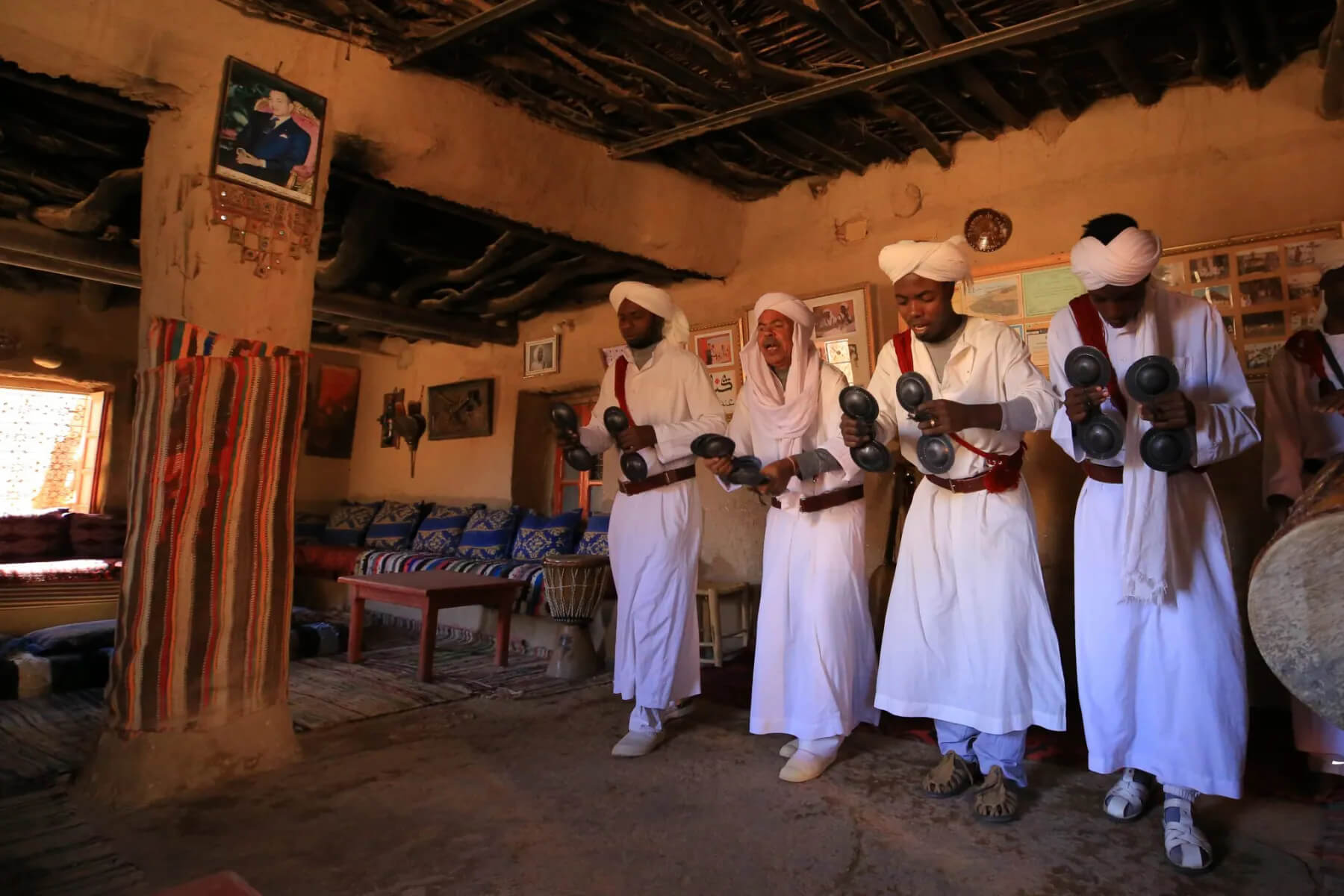
Visiting Local Musicians and Their Homes
One of the most enriching experiences when visiting Khamlia is the opportunity to meet local musicians in their homes. Several families in the village welcome visitors, offering mint tea and conversations about their musical heritage. The Association Gnaoua Khamlia, founded by local musicians, operates a cultural center where visitors can learn about instruments and even try playing the krakebs under the guidance of experienced musicians.
These intimate encounters provide a genuine connection to Khamlia's people and allow visitors to ask questions about the music, instruments, and daily life in this desert community. Many musicians share personal stories about learning from their elders and the importance of preserving their cultural practices in a rapidly changing world.
Participating in a Gnawa Music Performance
No visit to Khamlia is complete without experiencing a live Gnawa music performance. The village offers several venues where visitors can witness performances, with the most renowned being "Dar Gnawa" and "Pigeons du Sable" (Sands Pigeons) groups. These ensembles perform daily for visitors, showcasing traditional songs that have been part of their community for centuries.
What makes these performances special is the opportunity for audience participation. Visitors are often invited to join in clapping, dancing, or even trying the instruments after the performance. The musicians' genuine passion for sharing their heritage creates an atmosphere of joy and cultural exchange that transcends language barriers and creates lasting memories for travelers.
Khamlia's Traditional Lifestyle and Community
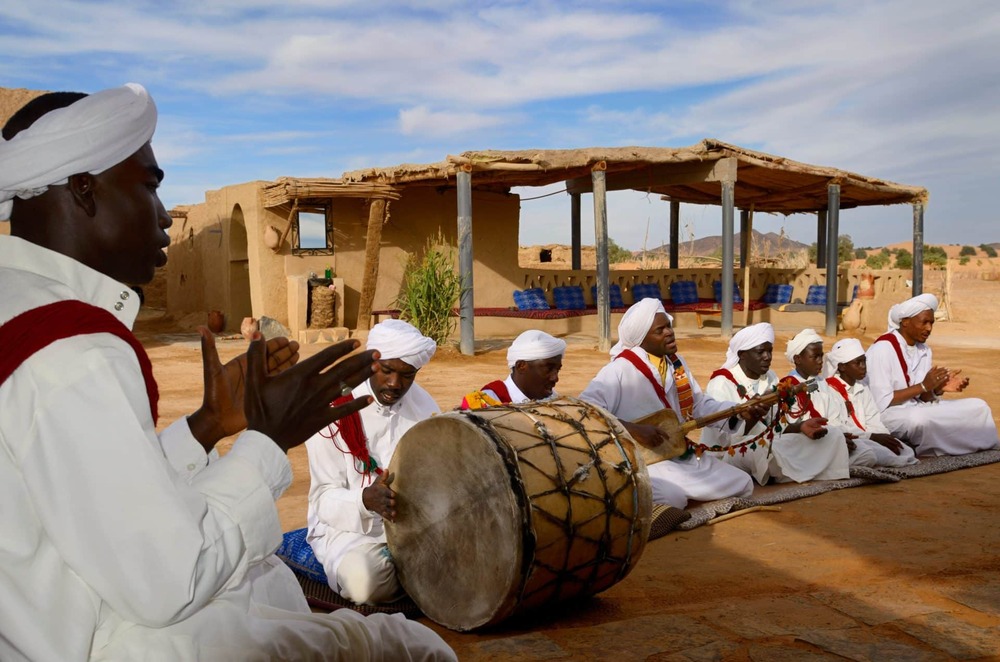
Photo credit: tripadvosor
The Berber Influence on Khamlia's Culture
While Gnawa traditions form the backbone of Khamlia's cultural identity, the village's culture has been shaped by interaction with Berber traditions from the surrounding region. This cultural fusion is evident in everything from architectural styles to culinary practices. Many families in Khamlia speak both Arabic and Amazigh (Berber language), reflecting the village's position at the crossroads of different Moroccan cultural influences.
Local crafts also reflect this blend of traditions, with textiles incorporating both geometric Berber patterns and symbols from sub-Saharan African heritage. This cultural syncretism makes Khamlia a fascinating microcosm of Morocco's diverse cultural landscape.
Daily Life in Khamlia: A Snapshot of the Village
Beyond the music that has made it famous, Khamlia offers visitors a glimpse into traditional desert living. Most families still maintain semi-nomadic lifestyles, with some members tending goats and sheep in the surrounding arid landscape. Women bake bread in communal ovens, and children attend the village's small school, where they learn both academic subjects and traditional cultural practices.
The rhythm of life here is dictated by the harsh desert climate, with activities beginning early in the morning before the intense midday heat. Evenings often find community members gathering for music, storytelling, and sharing meals. This unhurried pace offers visitors a refreshing contrast to the tourism-focused atmosphere of neighboring Merzouga.
How to Get to Khamlia: Transportation and Tips
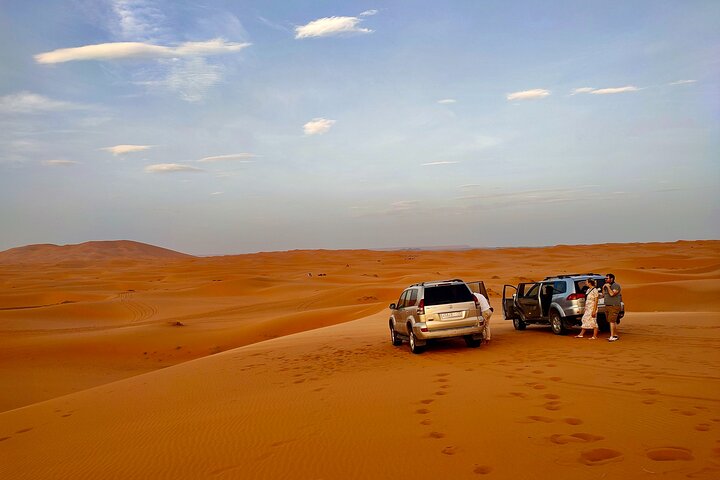
Photo credit: tripadvosor
Directions from Merzouga to Khamlia
Reaching Khamlia from Merzouga is relatively straightforward. The 7-kilometer journey takes approximately 15 minutes by car on a paved road that winds through the desert landscape. Most hotels in Merzouga can arrange transportation, with options including:
- Grand taxis (shared vans) from Merzouga's center
- Private taxi hire (approximately 100-150 dirhams round trip)
- 4x4 tours that include Khamlia as part of a desert excursion
- Camel treks that incorporate a visit to the village
For the more adventurous, mountain bikes can be rented in Merzouga for the journey, though this option is best avoided during the hottest months.
Best Time to Visit Khamlia for Cultural Experiences
Morning visits (before 11 AM) or late afternoon visits (after 4 PM) are ideal, as these are times when musical performances are regularly scheduled. Many tourists visit as part of day trips from Merzouga, making midday the busiest time. By timing your visit for early morning or late afternoon, you'll not only avoid crowds but also experience the village when the light casts a magical glow over the desert surroundings.
If possible, arrange your visit through a local guide who has connections in the village. This can lead to more authentic interactions and potentially private performances that go beyond the standard tourist experience.
Best Time to Visit Khamlia for Gnawa Music and Culture

Photo credit: tripadvisor
Khamlia During the Festival Season
The pinnacle of Khamlia's cultural calendar is the annual Gnawa Festival, typically held in August. During this three-day celebration, Gnawa musicians from across Morocco gather in Khamlia to perform, exchange techniques, and celebrate their shared heritage. The festival transforms the quiet village into a vibrant cultural hub, with continuous music, dancing, and feasting.
If you're planning to attend the festival, book accommodations in Merzouga well in advance, as the limited options fill quickly. The festival offers the rare opportunity to hear diverse styles of Gnawa music and witness collaborations between master musicians that don't occur during regular performances.
Visiting Khamlia Year-Round: What to Expect
Outside of festival season, Khamlia maintains a consistent schedule of cultural activities for visitors. The ideal months to visit are September through November and February through April, when desert temperatures are moderate and tourist numbers are manageable. These shoulder seasons allow for more personal interactions with local musicians and a less hurried experience of the village.
Winter months (December-January) can be surprisingly cold in the desert, though performances continue indoors. Summer (June-July) brings intense heat that can make midday visits challenging, though early morning or evening visits during these months offer stunning light for photography and smaller crowds.
Conclusion:
Khamlia represents the perfect complement to Merzouga's natural wonders, offering cultural depth that enriches any desert adventure. Beyond the iconic dune experiences and camel treks, discovering Khamlia provides context to the human stories that have unfolded in this dramatic landscape for centuries. The village's Gnawa musical traditions represent not just entertainment but a living cultural heritage that connects past to present.
When planning your Moroccan desert expedition, allow sufficient time to experience Gnawa music in Khamlia rather than rushing through as part of a packed day tour. The rhythms and melodies you'll encounter here may well become the soundtrack that brings your desert memories to life long after you've returned home.
By supporting Khamlia's musicians through respectful tourism, you contribute to preserving a cultural tradition that enriches Morocco's diverse heritage. So venture beyond the dunes, follow the rhythms, and discover one of the desert's most soul-stirring experiences in the humble village of Khamlia.

Lynne
Hi, I’m Lynne, a passionate travel writer and local expert at thingstodo.ma. With years of experience exploring Morocco, I love sharing insider tips and guides to help you discover the country’s hidden gems. Whether it's the lively streets of Marrakech or the peaceful shores of Essaouira, I’m here to make sure you experience the very best of what Morocco has to offer. Join me on this journey, and let's explore together!
Related content
Interdum et malesuada fames


